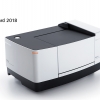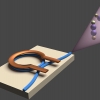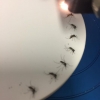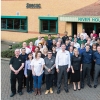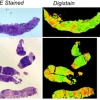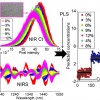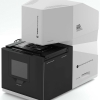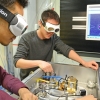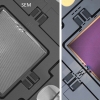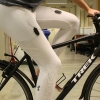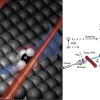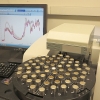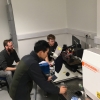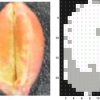News
Infrared Spectroscopy News
PhD students worldwide who have defended their thesis in the last two years are invited to apply for this award.
Shimadzu’s IRSpirit and AIM-9000 have been chosen from over 6300 items from 59 countries as winners of Red Dot Awards.
Columbia Engineering system could lead to a spectroscopy lab-on-a-chip for real-time sensing in the microseconds
Metrohm AG has acquired B&W Tek’s Spectroscopy Solution business, B&W Tek LLC, as well as several overseas subsidiaries.
NIR spectroscopy has been shown to be a cheap and effective tool that could save lives by helping health authorities target mosquitoes infected with Zika virus.
The winner of the 2018 Tomas Hirschfeld Award is Professor Christian Huck.
Applications for this prestigious award are invited by 30 November 2018.
Specac has won the Queen’s Award for International Trade.
Bruker has acquired Anasys Instruments Corp., maker of the nanoIR products.
Ghent University have developed a method using infrared spectroscopy to monitor glycation in diabetic patients and provide information on organ damage from diabetes.
A new mid-infrared imaging technology can be used to grade cancer tumours, eradicating human subjectivity and ensuring patients get the right treatment.
The final step in pharmaceutical production is often tableting. Near infrared chemical imaging can be used to monitor inconsistencies in the powder that will become the tablet, which have been introduced by mechanical processes in the tableting equipment and can lead to out of specification tablets.
Bruker has acquired IRM2, a developer of high-speed infrared (IR) imaging microscopes based on quantum cascade laser (QCL) technology.
Laser physicists at the Ludwig-Maximilians-University (LMU) and the Max-Planck-Institute of Quantum Optics (MPQ) in Munich, Germany, have developed an extremely powerful broadband infrared light source. This light source opens up a whole new range of opportunities in medicine, life science and material analysis.
Combining metasurface lenses with MEMS technology could add high-speed scanning and enhance focusing capability of optical systems.
Smart garments using embedded near infrared spectroscopy sensors are being developed at the University of British Columbia.
Infrared laser techniques have been used to study methane scattering on a nickel surface for the first time with full quantum-state resolution.
Diffuse reflectance mid-infrared Fourier transform spectroscopy identifies key variations in Alaskan soils, quickly providing insights into carbon levels.
Raman, infrared, x-ray photoelectron and ultraviolet/visible spectroscopies are being used at the University of Liverpool to help develop better energy storage devices.
NIR hyperspectral imaging can be used to control the addition of seed treatment products to monitor dosage levels and coverage.


